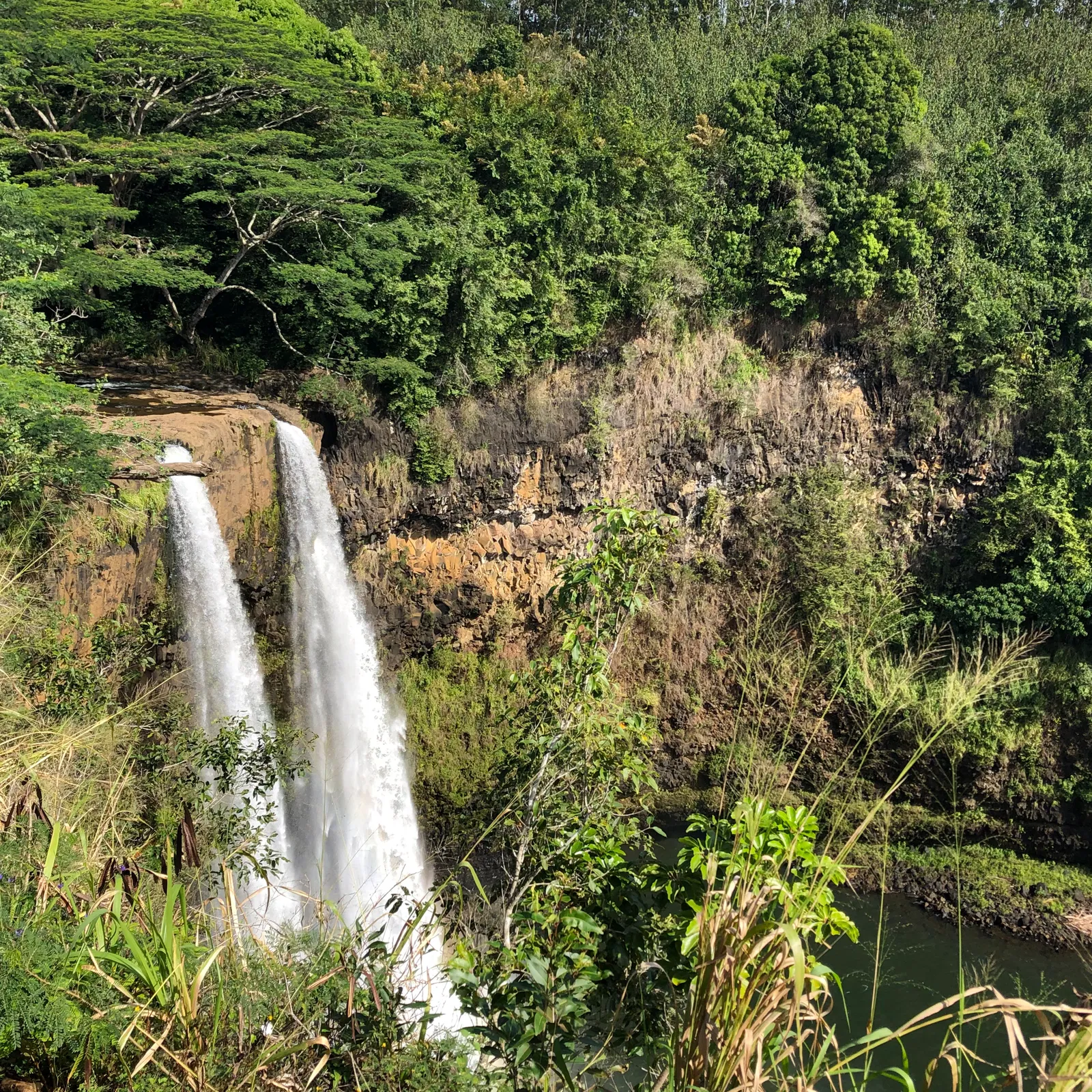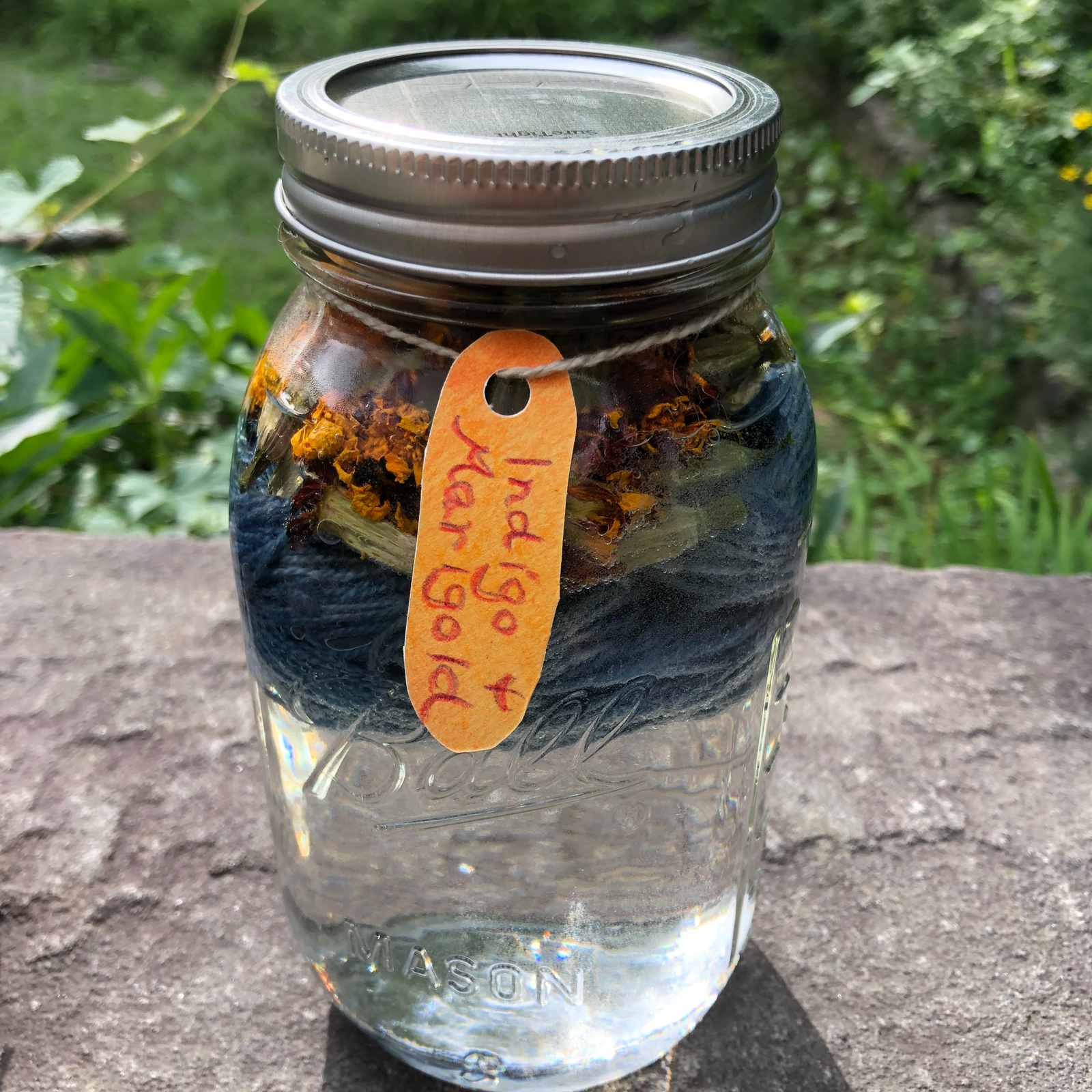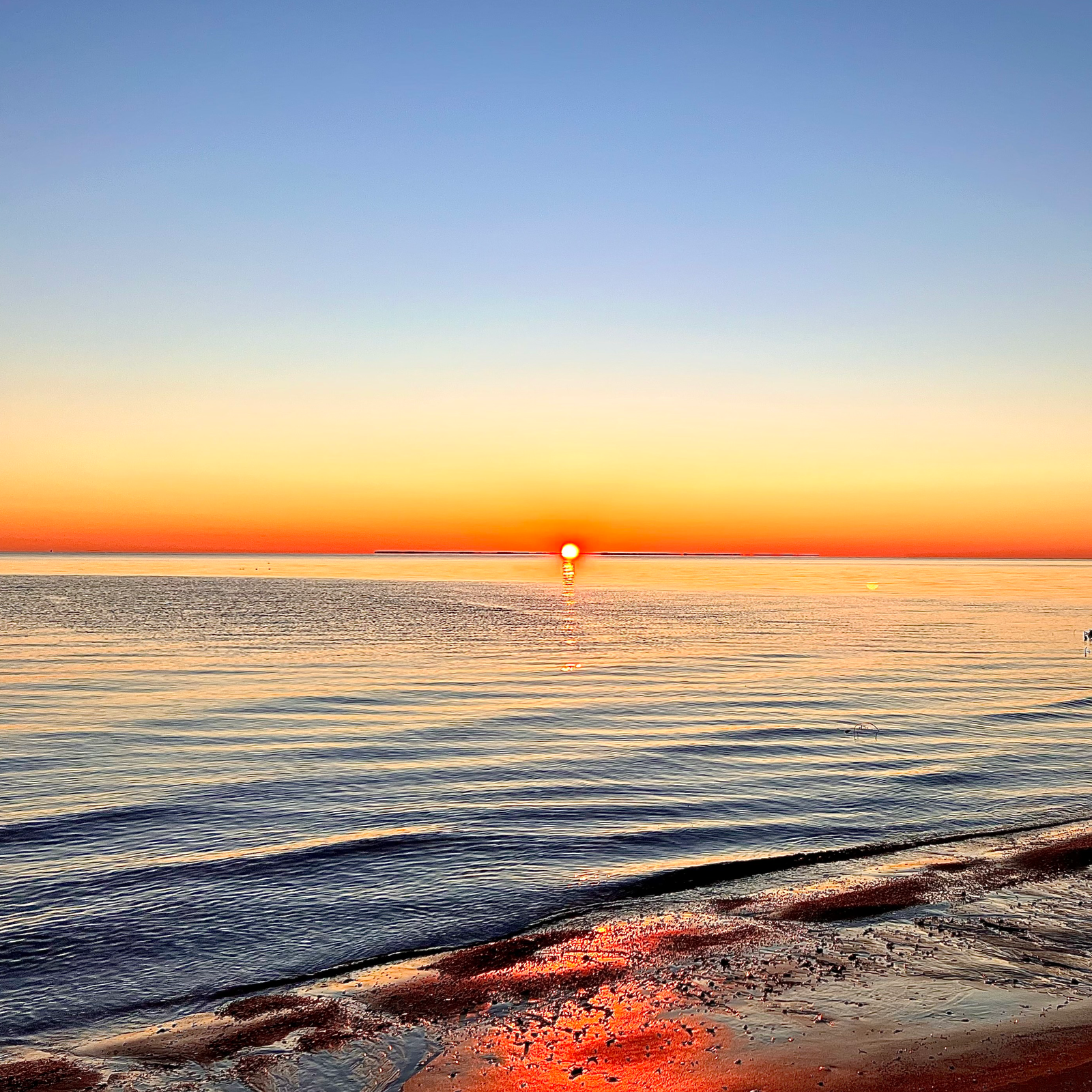This is going to be a large post because I'm including
both of the main lesson books Leah created for Man and Animal. Please note that she did them in sixth grade and so the amount and quality of writing is more than what you would expect from a fourth grader. I hope they are helpful, regardless.
We used the
fabulous, fantastic, and free East African Teachers Training Manual 6: Human and Animal Studies.
I really like the diagram on page 29 of the "Threefold Human Being." I used this to help me choose which animals we'd study for each of the two blocks.
"Thus we may see, as illustrated in the diagram, that just as a baby is born head first and slowly develops the trunk and limbs, so in the evolution of creation the ‘head’ creatures in the sea came first, then the ‘trunk’ creatures like the fishes, insects and reptiles and finally the ‘limb’ animals in the mammals. The different creatures are specifically linked to the form of the human being.
On the opposite side of the diagram we may see a different division of the animal kingdom whereby the creatures are linked to the human being through the functions of the three areas of the body."
So in our first block, we did three groups of animals (
head, trunk, limbs), and in our second block we did three different groups of animals (
nerve/sense, rhythmic/breathing/blood - carnivores, metabolic - ungulates).
To give the
briefest possible explanation of the anthroposophical view, the human being is the animals put together and so the animals are the human being taken apart. This view is what separates the Waldorf "Man and Animal" block from the traditional teaching of Zoology in the public school.
Here are the pages for Leah's main lesson book. I've tried to include notes as to the source of the story or illustration where I can. Click on any picture to enlarge it and scroll through the photos with ease.
her idea: to draw one man and one animal for Man and Animal I
and two men and two animals for Man and Animal II
Man and Animal I was our fourth block of the year
my version (watercolor pencil)
from
my very first Waldorf chalkboard drawing12 Phyla: Porifera, Echinoderm, Cnidaria, Platyhelminth, Annelid, Mollusk, Arthropod, Fish, Amphibian, Reptile, Bird, Mammal
jellyfish poem which we found online
life cycle of the jellyfish
pull down to reveal...
too-wet paintings of a snail and an octopus
I love how she incorporated the octopus and snail into her title
page of soil with earthworm facts in the tunnels (her idea)
"It Starts with a T and Lives in a Shell"
page about turtles and tortoises
again, I love her fabulous titles and borders - so creative!
on to mammals... painting a seal by painting the watery environment around it, inspired by
this one
"32 Things My Hands Do"
metaphors and similes which have to do with animals
this idea is from Roy Wilkinson's The Human Being and the Animal World and it's a good one for ending this block

Man and Animal II was our ninth block of the year
map of all the bird feeders in our yard
"The Eagle" poem with young bald eagle talon illustration traced from the Eagle page in Maryjo Koch's
Bird Egg Feather Nest
and then the poem "The Harvest" by Alice C. Henderson
for many of the remaining animals we used chapters from Thornton Burgess's EXCELLENT
Burgess Animal Book for Children, copyright 1920
my edition is leather bound with the original pictures but apparently the modern edition only contains the stories - well worth getting however
chapter XXXII Buster Bear
chapter XXVII Reddy Fox
chapter XXVIII Old Man Coyote
"An Almost Dictionary Definition of Lions" - I love her titles!
chapter 13 from Kovacs and
we must have watched a nature documentary for this as well but I have no idea which one
here we switched to
Horns and Antlers by the inimitable Wilfrid S. Bronson
chapter 1 has a fantastic explanation of the stomachs

Ruminants AKA Cloven-Hoofed Cud Chewers

describing the step-by-step path through the four stomachs

horns vs antlers
then we returned to Thornton Burgess
XXXV Lightfoot the White-Tailed Deer
chapter XXXVI Flathorns the Moose
a moose submerged happily in watery vegetation
every leaf with a moose fact on it
have I mentioned how creative and adorable she is?
I LOVED her work for these blocks!

I hope this has been fun and inspirational!
My other blog posts from teaching Man and Animal:
This post contains affiliate links to the materials I actually use for homeschooling. I hope you find them helpful. Thank you for your support!















































































 Immersive Experience
Immersive Experience Immersive Experience
Immersive Experience






